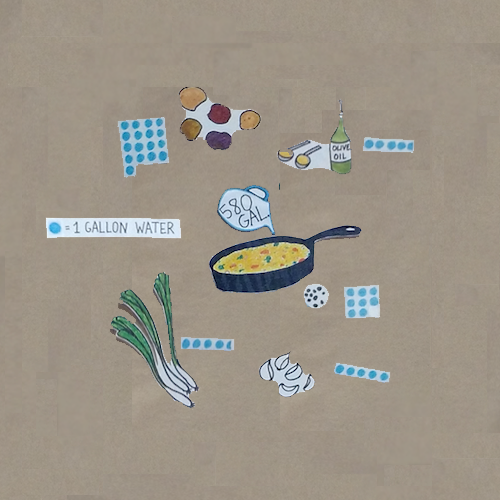For the Chef Meeting
- “Debate Plate” visual aid
- "How Much Water Made My Frittata?" visual aid
- Frittata recipe
- Salad Dressing recipe
- Citrus Dressing recipe
- Sesame Soy Dressing recipe
- Mustard Miso Dressing recipe
For the Closing
- Yogurt container lids or other common disposable objects
Ingredients for the Frittata
- Olive oil
- Eggs
- Cheese
- Mix of seasonal vegetables
- Assorted fresh herbs
- Salt
- Pepper





